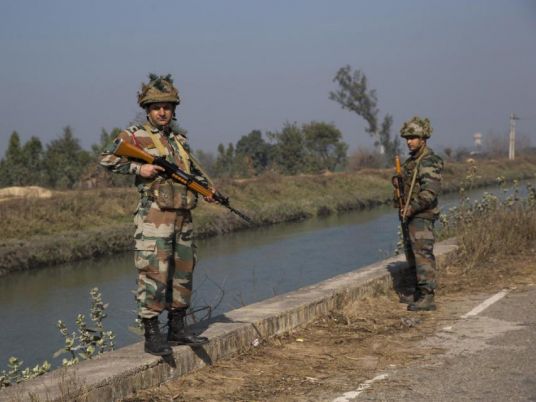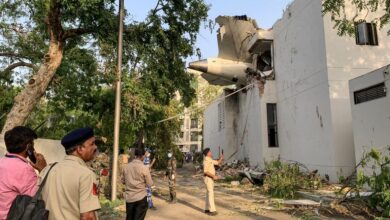
Authorities in a north Indian state on Monday began lifting curfews in key towns and protesters gradually removed roadblocks after 12 people died in clashes during their demonstrations for government benefits.
Government forces also secured a canal in Haryana state, which provides 60 percent of New Delhi's water needs, easing fears of a shortage in the Indian capital. New Delhi chief minister Arvind Kejriwal said engineers were repairing portions of a reservoir damaged by protesters.
The situation was improving in Rohtak district, which bore the brunt of attacks by the protesters in the underprivileged Jat community, who demanded quotas in jobs and educational institutions, said police officer Saurabh Singh.
Curfews ended in Hissar and Hansi towns as law and order were being restored after three days of violence which saw mobs burning vehicles, banks, railroad stations, shops and gas stations.
Thousands of stranded vehicles still clogged highways in the state, and train services were disrupted by protesters sitting on railroad tracks.
At least 12 people were killed by Indian security forces firing on protesters since Friday, state Home Secretary P. K. Das told reporters Sunday. Another 150 protesters have been injured in clashes in various parts of the state.
With the state government accepting their demands for 27 percent job quotas, Jat leaders are expected to hold a meeting and formally end their protests later Monday. The Jat community comprises nearly 29 percent of Haryana state's 25 million people
India's constitution includes a system of affirmative action for people in the lowest castes to help them overcome discrimination. The government has expanded the number of groups, including the Jat, qualifying for quotas.




